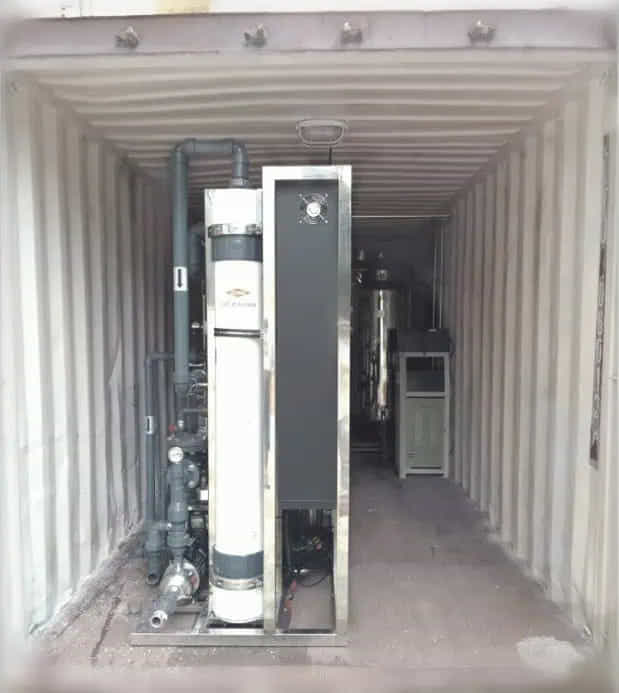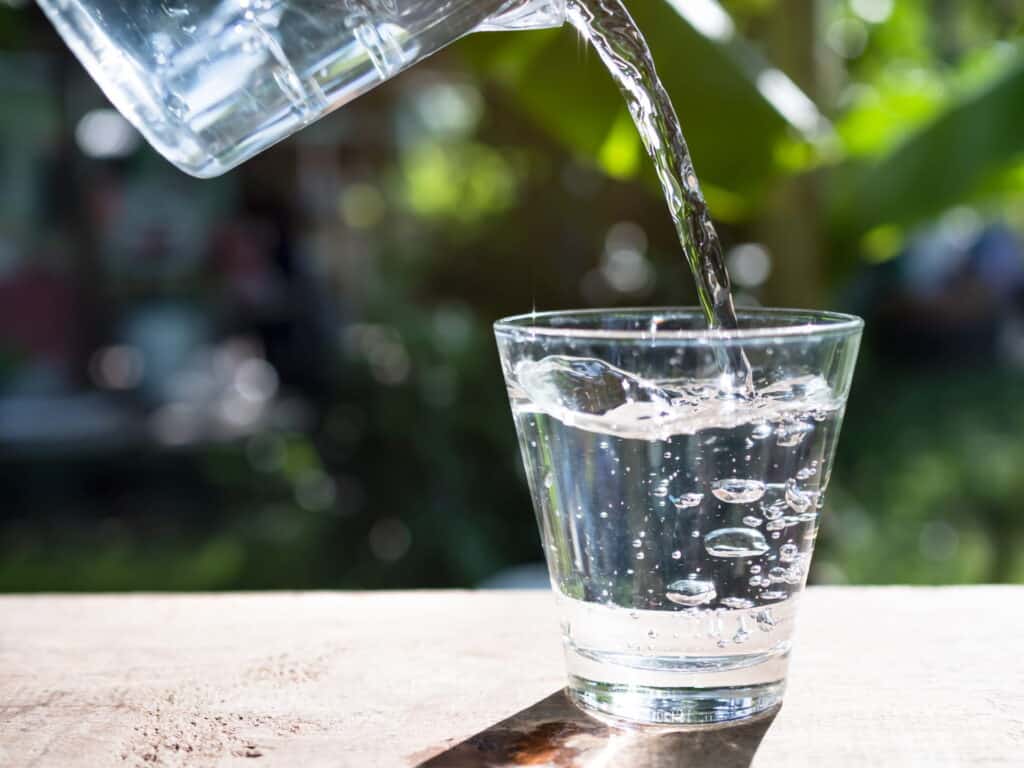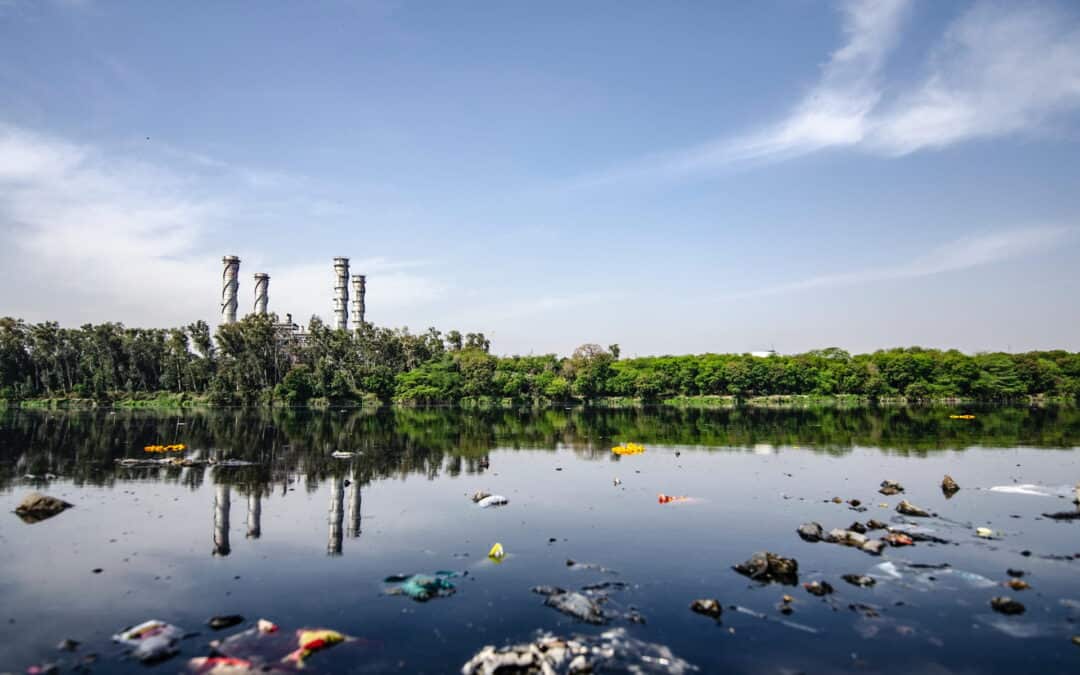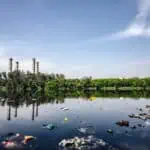Disasters dismantle water infrastructure fast, exposing thousands to unsafe drinking conditions. From chemical leaks to prolonged droughts, the demand for dependable clean water spikes in moments. Commercial water filtration systems operate as essential tools during these events, stepping in when public systems fail or can’t keep pace. Titan Source 1 reinforces the need for preparation, noting, “Disaster-ready filtration systems are built with adaptability, not just durability.”
1. Emergency Filtration When Clean Water Disappears
Water safety vanishes quickly in natural and industrial disasters. Earthquakes break pipes, floods carry sewage, and fires push ash into reservoirs. Commercial filtration systems activate almost instantly and begin treating highly contaminated sources. Titan Source 1 assisted a coastal evacuation site where incoming water was brown and unsafe—after system deployment, clarity and potability were restored within three hours.
-
FEMA reports water system disruptions are among the most immediate threats after hurricanes and earthquakes
-
The CDC warns that nearly 60% of shelters after disasters report at least one waterborne illness outbreak
-
High-capacity membrane filtration and carbon blocks are standard in first-phase deployment systems
2. Resilient Equipment for Hazardous Conditions
Unexpected pressure loss, debris intrusion, and volatile temperatures place extreme stress on filtration hardware. Industrial-grade systems are engineered to withstand these harsh conditions using sealed housings, shock-resistant tanks, and weatherproof electrical components. Titan Source 1 regularly equips units with dual-mode pumps that shift between battery and manual operation when grid access disappears.
-
Gravity-fed filtration supports continued operation in areas without fuel or electricity
-
Reinforced frame structures protect valves and internal controls from blunt impact or vibration
-
Weather-sealed control boxes are necessary for systems exposed to open-air operation in storm-prone zones
3. Preloaded Units for Quick Field Deployment
Time is tight when disasters hit, and system setup can’t afford delays. Fully integrated commercial filtration systems arrive preloaded with media, hose connections, and diagnostics ready to engage immediately. Titan Source 1 coordinated a wildfire response center equipped with portable systems—staff connected inlet hoses and power, and potable output was available in under an hour.
-
The EPA supports containerized filtration systems for rapid mobile response in contaminated zones
-
All-in-one configurations allow for minimal onsite labor, reducing human error in chaotic conditions
-
Mobile skid units often feature built-in storage tanks and flow balancing controls
4. Scalable Configurations for Changing Populations
The number of people needing clean water during a disaster can increase quickly. Scalable filtration designs allow for flexible expansion, whether serving a single shelter or a full relocation center. Titan Source 1 supplies filtration systems that scale horizontally by linking multiple units and vertically through stackable capacity upgrades.
-
WHO advocates for modular systems in regions with unpredictable displacement numbers
-
Scalable setups maintain performance without overloading internal filtration components
-
Adjustable flow regulators and inline UV add-ons help optimize filtration during peak use

5. Mobile Systems for On-Demand Deployment
Road closures, power outages, and isolation make mobility essential. Filtration systems need to arrive fast, set up quickly, and run without complex logistics. Titan Source 1 deploys trailer- and crate-based filtration modules that can be dropped by flatbed or airlifted to hard-to-reach locations.
-
The Army Corps of Engineers maintains a fleet of mobile water treatment trailers for post-storm operations
-
Mobile units were deployed across five Louisiana parishes during Hurricane Ida, providing clean water to over 60,000 people
-
Compact form factors and internal redundancy keep systems functioning in unstable environments
6. Targeted Filtration for Diverse Contaminants
No two disasters produce the same water conditions. A wildfire might introduce organic pollutants, while a pipeline break could leak hydrocarbons. Advanced commercial filtration systems allow tailored response configurations—Titan Source 1 prepares system kits with interchangeable cartridges based on region-specific threats.
-
CDC lists pesticides, lead, and biological pathogens among top post-disaster water hazards
-
Cartridge-swapping systems avoid full-unit replacement, saving cost and time
-
Real-time monitoring tools assess input quality to trigger auto-adjustments in filtration sequences
7. Long-Term Solutions for Ongoing Water Shortages
Disaster response doesn’t always end after the storm clears. Water-insecure communities often continue relying on commercial systems for months, sometimes years. Titan Source 1 manages ongoing maintenance for filtration systems in drought-prone areas, especially in rural towns and off-grid facilities.
-
More than 35% of U.S. counties have reported prolonged water access issues due to drought or infrastructure decay
-
Long-life filters reduce service frequency while supporting consistent water output
-
Solar-compatible systems extend operational reliability in communities with unstable utilities

Key Takeaways for How Commercial Water Filtration Systems Handle Disaster Scenarios
-
These systems activate quickly when traditional utilities are disrupted
-
Tough materials and dual-mode power systems ensure performance under harsh conditions
-
Mobile and preloaded units offer immediate relief without complex setup
-
Scalable designs adjust to fluctuating demand across various site sizes
-
Custom filtration cartridges help tackle specific contaminants introduced by different types of disasters
-
Many systems remain in operation long after initial response efforts, supporting recovery and resilience
Frequently Asked Questions
What are the top contaminants found in post-disaster water?
Contaminants vary but often include bacteria, hydrocarbons, lead, silt, and volatile organics depending on the event.
How much water can a commercial filtration unit produce daily during an emergency?
Output ranges from 500 to over 10,000 gallons per day, depending on unit type and contaminant level.
Do commercial filtration systems need electricity to operate?
Not always. Many emergency models run on solar, battery, or gravity-fed pressure to stay active when power is down.
Can these systems be stored for future use?
Yes. Units can be stored long-term if maintained properly and kept in climate-controlled environments to preserve filtration media.
Who uses commercial filtration systems in emergencies?
Hospitals, municipalities, shelters, emergency management teams, and NGOs frequently deploy these systems in field operations.
Louisiana News Post provides expert advice on home and garden services like gardening, landscaping, hardscaping, renovating, remodeling, roofing, HVAC, and interior design to help readers create their dream spaces. Their practical tips and creative solutions are inspired by years of hands-on experience and a commitment to affordable living. Whether you’re a seasoned handyman or just starting to explore home improvement, Louisiana News Post’s articles are a reliable resource for innovative ideas and detailed guidance.








